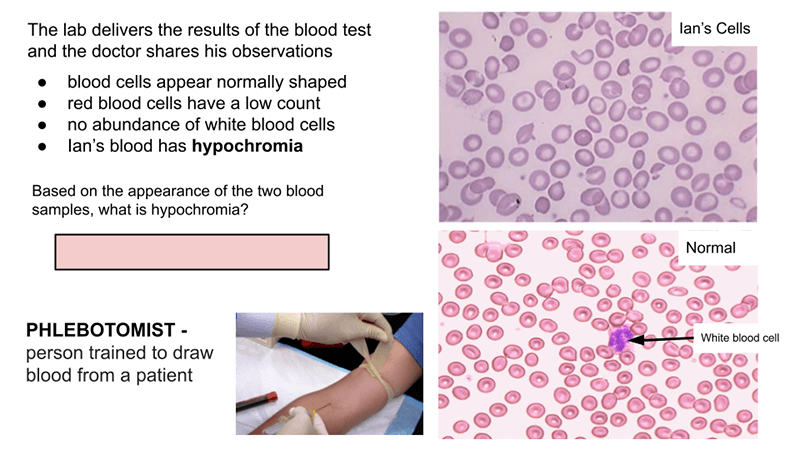Tag: blood
-
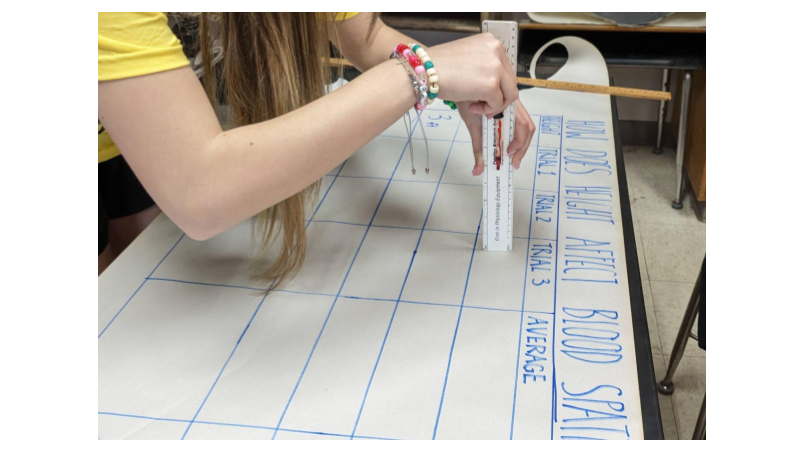
Forensics Lab on Blood Spatter
Explore forensics with this lab on blood stain analysis. Use fake blood to determine how height affects the diameter of the stain
-
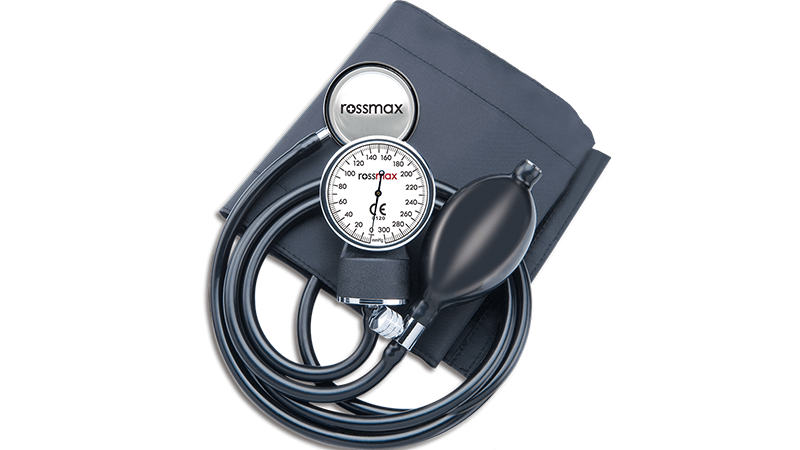
Activity: Learn How to Measure Blood Pressure
Students learn how to measure their blood pressure with a sphygmomanometer. Manual and digital devices can be used to compare measurements.
-
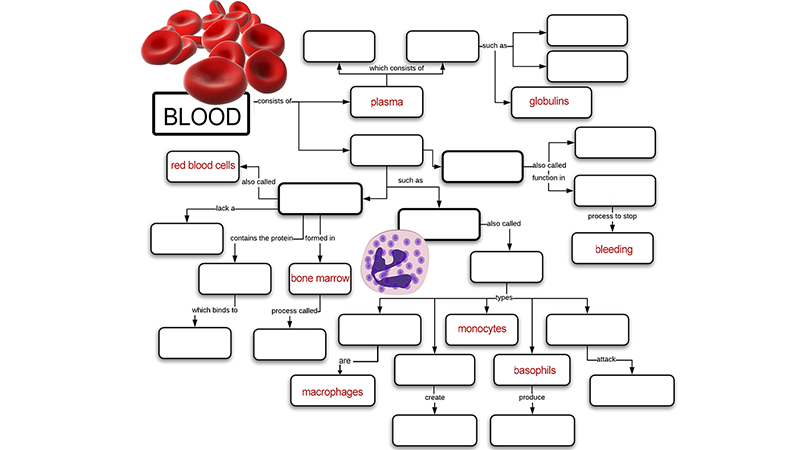
Learn about the Blood Using Graphic Organizers
Students use graphic organizers to learn about the types of blood cells and their functions. Student either complete a concept map or design their own.
-
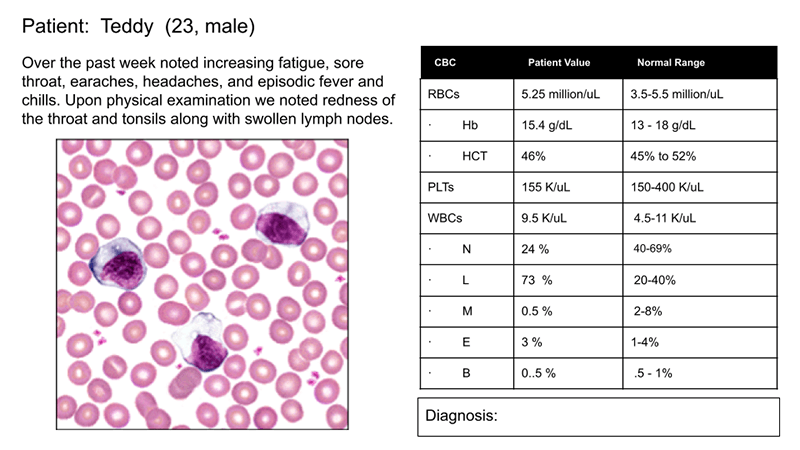
Blood Case Studies for Anatomy (Hematology)
Examine blood slides in this interactive activity. Students determine the disorder illustrated in the slides, sickle cell, leukemia, malaria.
-
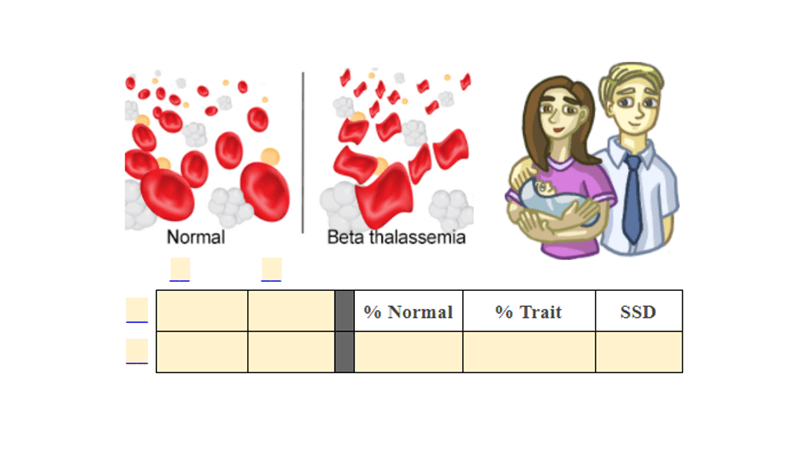
Genetics of Blood Disorders – Hemophilia and Sickle Cell
I created this worksheet for anatomy students to practice using Punnett squares and comparing different types of mutations that affect the blood. Ideally, students will have already learned about genetics of blood types. Because I use this worksheet in my anatomy class, I don’t spend a lot of time teaching genetics. However, students do need…
-

Investigation: Villi Height
Use a Netlogo simulation to observe how different heights of villi within the intestine affect absorption rate. Change the height of villi or size of food.
-
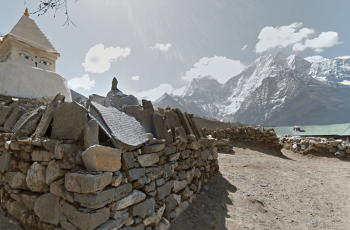
Case Study: How Do Tibetans Survive High Altitudes
Based on the Berkeley website: Understanding Evolution, this version focuses on the how the body maintains homeostasis at high altitudes. This involves increased production of red blood cells to improve oxygen supplies to tissues. Tibetan populations have adapted to high altitudes by producing fewer red blood cells which improves fetal mortality rates. Case looks…
-

Concept Map on Blood
Students studying blood and the lymphatic students can get overwhelmed with the terminology used to describe blood and how blood is categorized. This project is designed to help students organize these difficult terms by creating a large concept map which groups related ideas together and connects them to other ideas – a concept map! …


